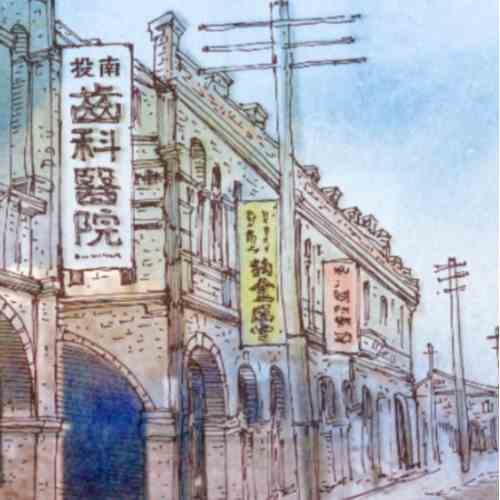
A Zealous Mind beneath an Indifferent Appearance / Resistant as Wild Grass among Strong Winds: Lung Ying-tsung's Literary Life
Hometown Beipu
The Emotional Complex of a Hakka
Lung Ying-tsung was born in the remote Hakka mountain village of Beipu in 1911; critic Yeh Shih-tao believed that Hakka identity was profoundly influential to Lung’s writings. “As an intellectual during Japan’s occupation, Lung felt twice as oppressed and maltreated spiritually. Such hostility came from Japanese colonists who were enemies of all Taiwanese people and Minnan writers who discriminated their Hakka counterparts, either openly or indistinctively. The menacing shadows cast by these two groups result in the central idea of “we are being oppressed” in Lung Ying-tsung’s literary works. Thus, Lung’s novels always exude a pale and lonesome aura, appearing to alienate from history.
Speaking of Hakka villages in northern Taiwan, along with the growth of the tea and camphor industries, Hakka people also developed their commerce-based economies. This helped to diminish the boundaries between Minnan and Hakka people; the two started to complete and cooperate with one another. Clashes took place, too. Hakka people had to interact with other ethnic groups because they needed to do business. During the process, however, Hakka people were not just assimilated. They felt they were oppressed because they were a minority. Lung Ying-tsung grew up in a Hakka area and he didn’t speak the Minnan dialect. He stuttered since little and was physically weak. For these reasons, he tended to obey reluctantly and tilt towards authority when in negotiations (his works are shadowed by obedience with reluctance and a tilt towards authority in negotiations, amidst descriptions of the void and the real).
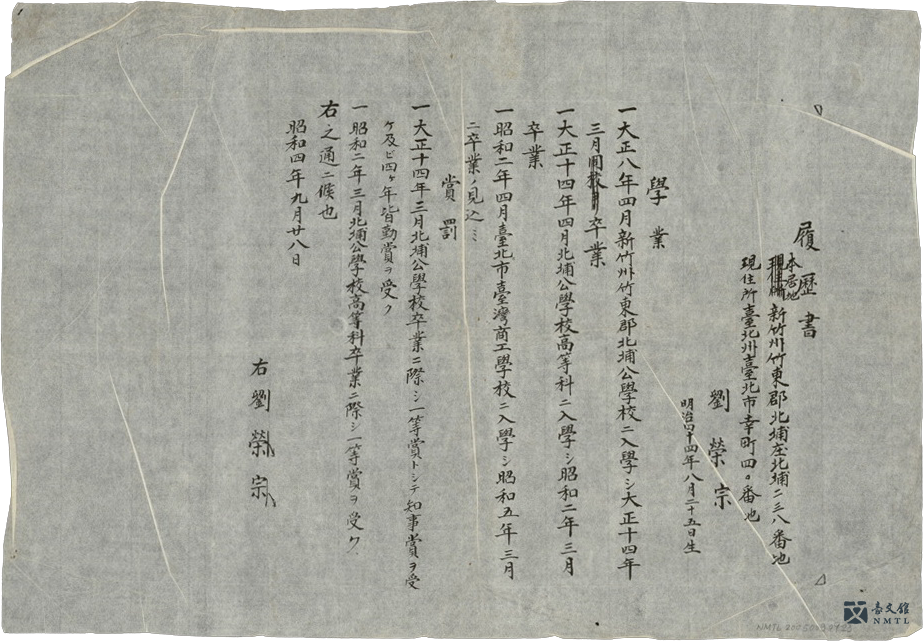
⚈ Liu Jung-tsung’s resume. The resume lists Lung Ying-tsung’s student experiences in Peipu and Taipei. (Provided by Lung Ying-tsung)
Hakka Culture and Places in Lung Ying-tsung’s Works
Written in 1983, "Jin Guang Fu in Beipu" had a “tourist guide book” style. There are two incentives for writing this article: First, the writer saw that Jin Guang Fu was listed as a first-grade heritage site and thus he wanted to write about it. Second, there was an article entitled “Beautiful Taiwan: Hakka Villages in a Secret Land” published by Inspirations from Asia, a Tokyo magazine. The article expresses appreciation for Hakka culture, and attached a photograph of Beipu streets along. The magazine team invited Lung Ying-tsung to be a “guide on paper.”
Later in 1987, the writer wrote “Homecoming: Sketching Beipu Township, Hsinchu County.” Based on his early-year experiences and general life experiences, Lung discussed the relations between his memory and Beipu’s scenic spots such as Xiuluan Mountain and Citian Temple, giving insightful sketches of life in hometown Beipu.
Released in 1979, “Night Flow” is an autobiographical novel which Lung Ying-tsung wrote in Japanese. In 1993, it was published by Earth Publishing along with other novels in the form of Chinese-Japanese dual texts. The story describes how Hakka people from China managed to settle down in Taiwan after hardships and displacement. It gives fine portrayals of the town’s people and the history of reclamations in Beipu and the writer’s own family history, showing unique Beipu identity. Judging from the descriptions, Beipu was the prototype of Hantsun, where the story took place, and Beipu’s religious center Ciyun Temple was Citian Temple in the story.
Lung Ying-tsung liked to use color as a starting point for his novels. In the following paragraph, he used a range of strong colors to set off the town’s melancholic aura.
“One evening in the early 1910s, in Hantsun (“cold village”) of northern Taiwan, a colony of Japan, fire seemed to burn clouds in the sky. It soon became so red and noisy. The setting Sun shone upon the clouds, which thus looked like orange-yellowish crocodile, so bright. As the Sun moved, they turned first into the color of Indian madder and then that of rats. Rows of horsetail trees on village lanes and low earth-brick houses also seemed to cover in gray.” Lung Ying-tsung, “Night Flow,” p.1.
Lung’s hometown, Beipu, was previously dwelled by indigenous Saisiyat. In 1835 (the 15th year of Daoguang), some officials and a few Minnan and Hakka people gathered up to form the “Jing Gang Fu” reclamation team. Armed, they set up forts at the vantage points of Beipu, Ermei and Baoshan to curb racial conflicts.
“This small basin was previously occupied by the Tayal. During the years of Daoguang, the Chou family of Zhuchian and the Lin Jiang family of Jiuqiong made an investment together. In places around Henggang, which was southeast of Zhuchian, they set up forts, recruited men, and carried out reclamation projects. The headquarter was surrounded by thorny bamboos which they planted, on the West, South and North, because on the East there were mountains. By the headquarter, they built ponds. In civilian households, gun holes were set. These were to keep the Tayal from attacking them. - Lung Ying-tsung, “Night Flow,” p.42.
Night Flow’s plots are multi-lineal. The story brings together the town’s early settlement history, the protagonist’s family history, and his life experiences. Lung skillfully incorporated his own story into the novel. The characters in the book make a unique tapestry of Beipu at the time.
“Great grandfather had to go to a foreign place once, to deal with some matters. When he was back, he found out that three of his nephews lied on the ground, as headless bodies. The nephews were all young. They must have been beheaded by the Tayal. Stroking the headless bodies and missing his hometown in China, great grandfather was heartbroken. He buried his nephews hurriedly in one big hole, along with his tears. They didn’t even get a tomb slate. - Lung Ying-tsung, “Night Flow,” p.42.
Recently, the Ministry of Culture planned to refurbish the old dormitories of Beipu Public Elementary School (present-day Beipu Elementary School) into Lung Ying-tsung Literary Museum, and introduced cultural and historical resources at the same time. In this way, more people might be able to learn about Lung Ying-tsung who was born in the Hakka village of Beipu and Hakka culture.
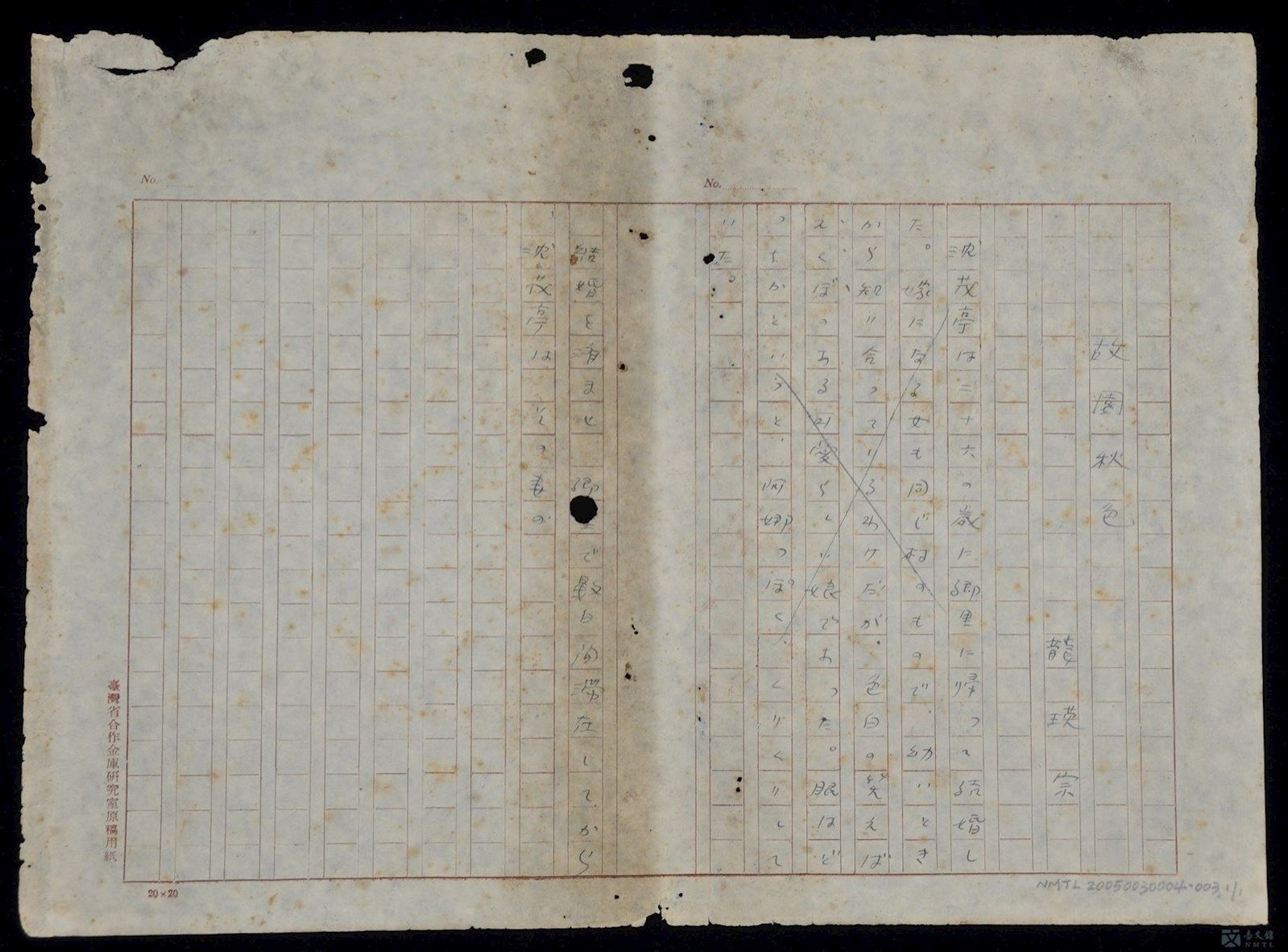
(1).jpg)
⚈ Draft of “Hometown in Autumn.” The original story, written in December 1952 in Japanese, was not published. Later it was included in Complete Works of Lung Ying-tsung after having been translated into Chinese by Yeh Ti.
“Hometown in Autumn” is a romantic tragedy. Shen Mao-ting the protagonist returned to his hometown to marry Wang Tsai-yun. Although this was an arranged marriage, Shen looked forward to immersing in love with Wang. However, Wang was overwhelmed by the indelible memory of a previous love -when she was in a girls' school, she had a relationship with Feng Shih-ho who later enrolled in a university in Japan.
As their marriage became more stable, Shen and Wang developed a stronger emotional tie. One day, Wang came down with a sudden flu. With Shen’s attentive care, she slowly recovered from a near-death condition. But Shen also came down with the flu during the process. He had to rest in a hut in a cumquat garden in the back of their house. At the end of the story, Feng Shih-ho suddenly showed up while Wang was fetching water for Shen. Feng confessed to Tsai-yun that he still loved her and tried to take her away, but Tsai-yun wouldn’t. After a while, Feng gave up. When Wang finally reached the hut, she realized that Shen had died. (Provided by Lung Ying-tsung)
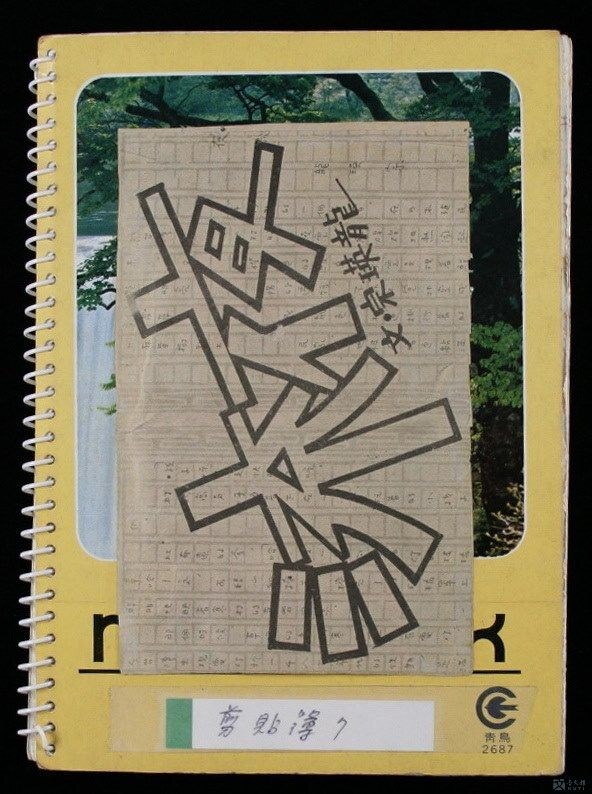
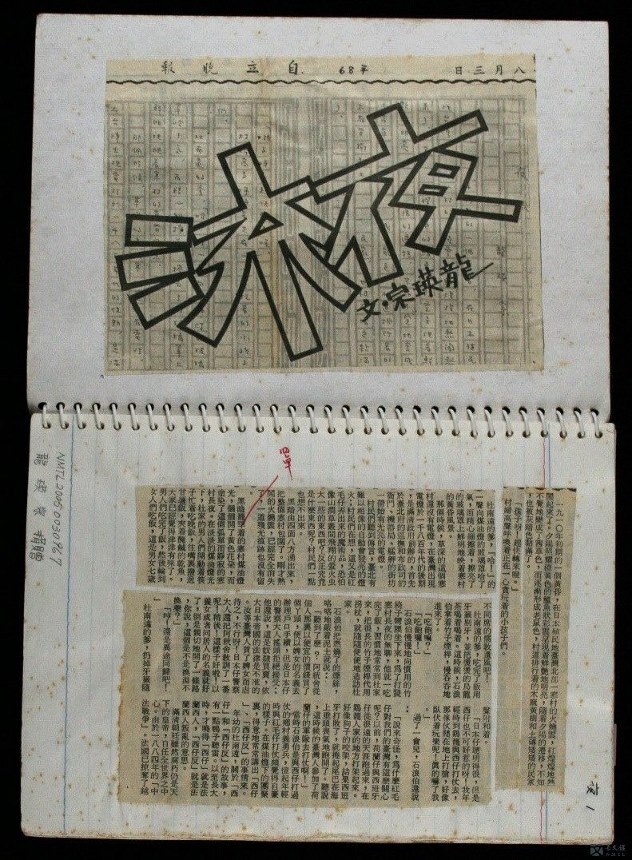
⚈ Newspaper clippings: “Night Flow.” Autobiographical novel Night Flow was translated into Chinese by Yeh Ti. In the story, the writer turned into protagonist Tu Nan-yuan, delineating a family saga across three-generations, from migrating to a new land to settling down and spreading roots. Tu Nan-yuan’s generation was at the turn of the old and the new. Modernization brought about cultural shocks, and Tu Nan-yuan, zealously in love with knowledge and books, actively sought a place for his soul despite of his vulnerable health. (Provided by Lung Ying-tsung)